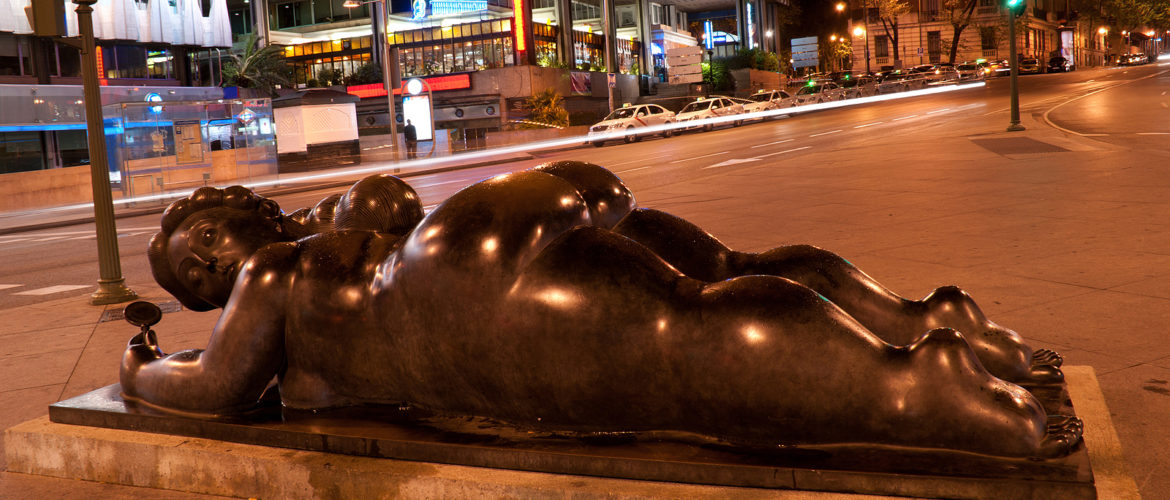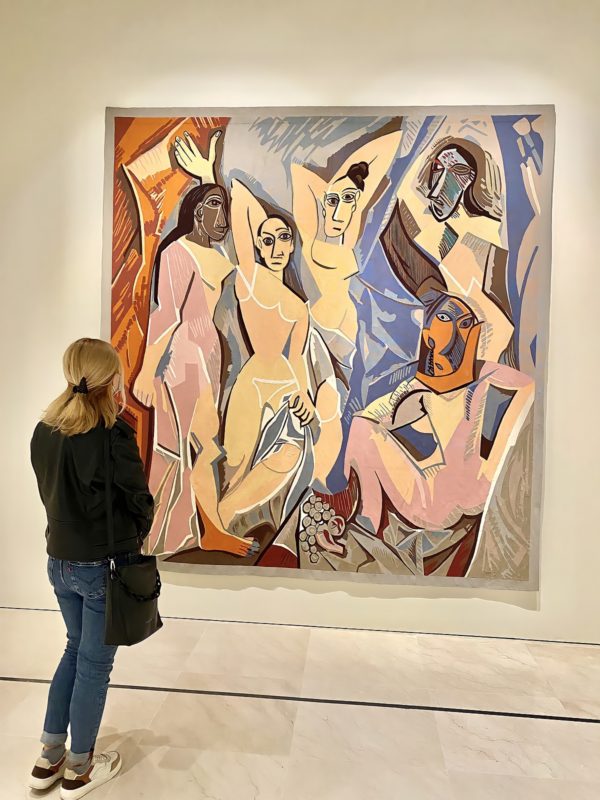Figurative Art: Things You Didn’t Know About This Art Form

It is not easy to keep up with the modern art world, partially because there are so many new artists emerging all the time. Different movements and styles co-exist in the great mix of the global art scene. Some of them were established decades ago and are now being reimagined by contemporary artists in new original ways. Figurative art, in particular, has gone through a lot of changes. Artists have been portraying humans for as long as art has existed, but what exactly is it about figurative art that keeps attracting artists to it these days?
When did figurative art originate?
Figurative art can be viewed as an umbrella term that encapsulates many different movements. If you look up figurativism online, a lot of conflicting and, at times, confusing information will pop up. On the one hand, it is often mentioned next to realism, as both approaches focus on picturing similarities between the subjects and their real-life versions. On the other hand, it is also associated with abstract art since figurativist pieces often portray familiar things but make them barely recognizable and unrealistic at the same time.
Figurative art, as we know it today, is said to have been born in the 20th century. The term ‘figurativism’ has gained a different meaning from what it was considered before. The definition shifted from “depicting something in a true-to-life manner” to “resembling a human-like figure.” The influence of the abstract art movement, which was rapidly gaining popularity at the time, played a grand role in that.
Examples of figurative art
Almost any artwork that tries to picture reality can be called figurative. However, these days, when people say “figurativist,” they often simultaneously mean “abstract.” One of the most notable representatives of modern figurative art is Pablo Picasso. His famous painting titled “Les Demoiselles d’Avignon” is a perfect example of a piece that captures human-like shapes but makes no attempt to represent them in a realistic manner.
Figurative art: more than “likeness”
The disregard of the modern rendition of figurativism toward realistic portrayal has opened new artistic possibilities. Contemporary artists often prioritize emotional depth over “likeness,” which allows them to focus more on picturing the things one cannot see or touch. Figurativists often play with shapes, colors, and perspectives to tell a story and show things that seem familiar from a new angle.

